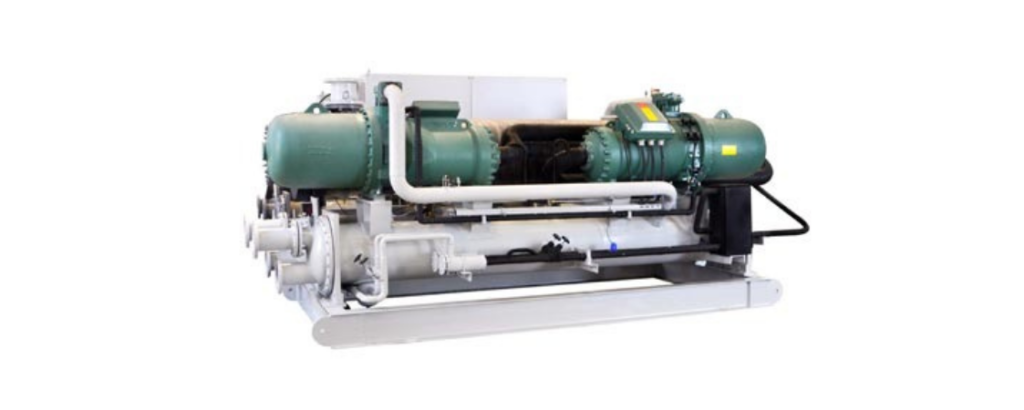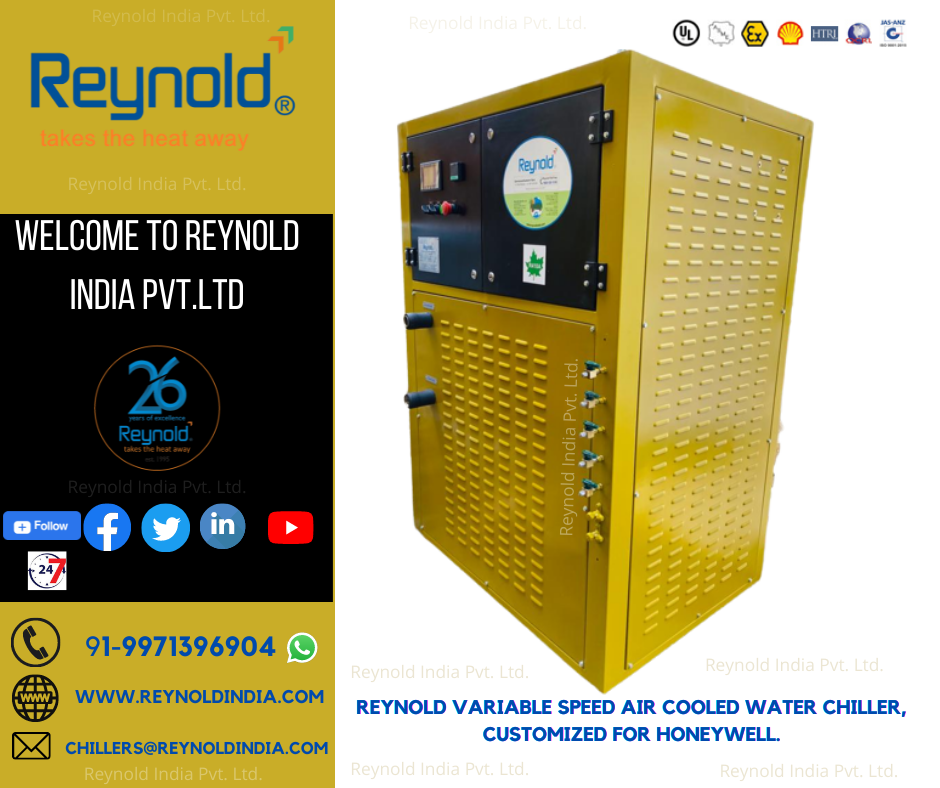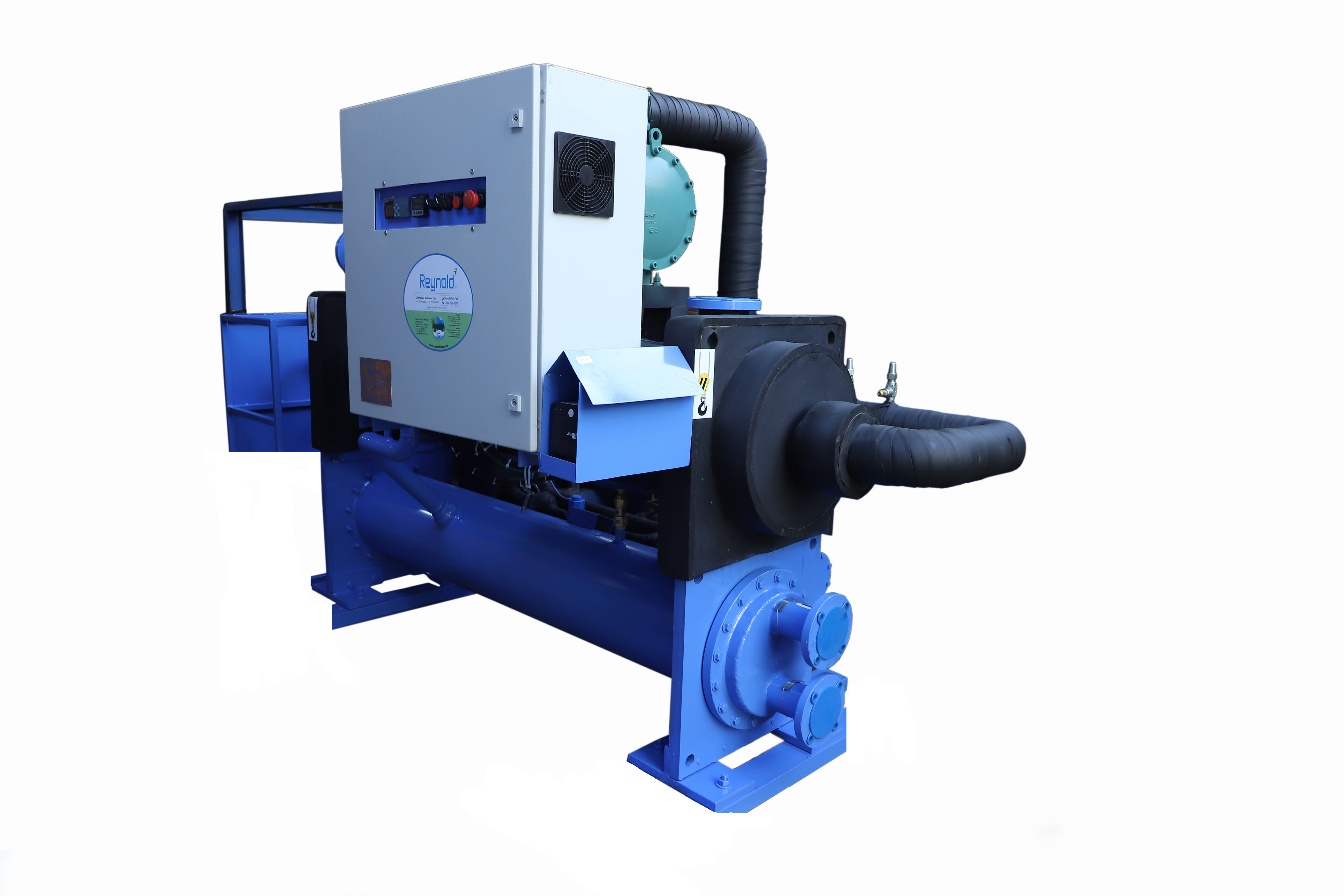What Is The Difference Between A Chiller And An Air Conditioner?
What are the fundamental distinctions between an AC and a chiller? People find this statement difficult because they all believe a chiller is a giant machine and the air conditioner is a tiny device.

The distinction between AC unit and air chiller equipment is among the most typically questioned components of the heating and cooling air in a house or commercial building. Even though they both aim to control the atmospheric temperature similarly, the controller works uniquely and yields opposite findings. The most significant distinctions are listed below.
Define Air Conditioners
An air conditioning unit maintains a house temperature. We all are familiar with it. Based on the installation and setting, it can make the air warm or chilly. Additionally, it is intended to dry out a space.
A fundamental cooling concept is applied when cooling: Here, the on-air side compressor is considered “hot,” and a condenser reduces the temperature. Condensers take hot air that will be recycled by transmitting it to the air, a freshwater, antifreeze liquid, or even both.
The central coolant in most air conditioning units designed for conditioning is cooled freshwater. Heat energy is transferred from the wind to the cooled fluid as it travels through a coil of chilled liquid. Cold water has always been available as oxygen arrives, so the cooling water is circulated. Air conditioning is the most frequent upkeep in offices, homes, and commercial shops.
The AC is a piece of machinery that employs R22, an excellent coolant, to produce 7–12 ° chilly water via heat transfer and feed the endpoint air-conditioning unit. There are two variants of water- and air-cooled systems. An air-conditioning unit is a device for air purification from various operational air filtration segments.
What Do You Understand by Chillers?
Using Water chillers can help heat a liquid via steam-squeezing or permeation cooling. Chilled fluid circulates via tubes in construction before coiling up in conditioned space or blowers to start drying the airflow. Coolers are generally air and water refrigerated. Even in a structure, air-cooled chillers have air ducts chilled by fan-supported airflow.
A ventilating and air conditioning unit (integrated air-conditioning component, panel component) and the tip of the AC unit get chilled water from the chiller. The air-conditioning device can be conceived of as a sizable ventilation system which is a part of an air-conditioning device developed in the standard manner.
Chiller is the primary machinery for filtration systems and other extreme heat remedies to achieve stable, clean air and relaxation in the area while bringing the ambient environment to a set temperature, wetness, and purity.
Water is reused to a warm drain or exterior cooling method by water-cooled chillers typically housed inside. A chiller or, in some situations, a water-fed coolant, which would be more successful at heat dissipation, can be used as part of the external conditioning method.
What Are the Objectives of Air Conditioners And Chillers?

In smaller places, air conditioning units make it feasible to control the dryness and hot air accurately. Residences, condo complexes, and maybe some workplaces employ air conditioning units with different capacities and functional configurations.
Chilling machinery and additional manufacturing activities, like Imaging modalities, assemblers, and machining gear, use chiller-driven coolant. Urban and business facilities employ light chillers to cool fluids and dry out the atmosphere in larger structures like shop floors, stadiums, and resorts.
When it comes to chilling, air conditioning and chillers can differ, but their actual applications can vary significantly.
Efficiency
Air chillers are frequently extra time-efficient than air conditioning. Fan-coil units and other air-cooled chillers have lower productivity than water-cooled chillers. A chiller’s capacity to quickly eradicate heating waves from a place using a coolant lowers the time it takes to chill. The significant water usage is a disadvantage of the effectiveness; it can be difficult in dry locations.
Based on the weather, many people have set their air conditioning units between 140 and 160 Fahrenheit. Nevertheless, under roughly 60 degrees, an air-con cannot effectively chill a room. While this is excellent for a residence with air-con, there are times when the required appliance demands a cooling effect.
Air Conditioner vs. Chiller: Process
Chillers can be either water-based or wind where warmth is transmitted after extraction. A condenser absorbs the heat as the refrigerant travels via heat transfer to generate chilled water. Air – conditioning implements an equal mechanism. Such machines either rotate the cooling using absorbance or water vapor. Although water-cooled chillers work within your building, air-cooled chillers frequently occur outdoors.
Heat is carried out of the airflow, and humidity is decreased. In the course of a refrigeration system, this removal occurs. Heat exchanger tubes are included in such devices. Both interior and exterior equipment will be accessible to you. Whereas the colder air flows via vents to be delivered inside your house, the heat flows outdoors.
Releted To Blog Post
All Chillers Machine Blog Ideas
Follow US:








